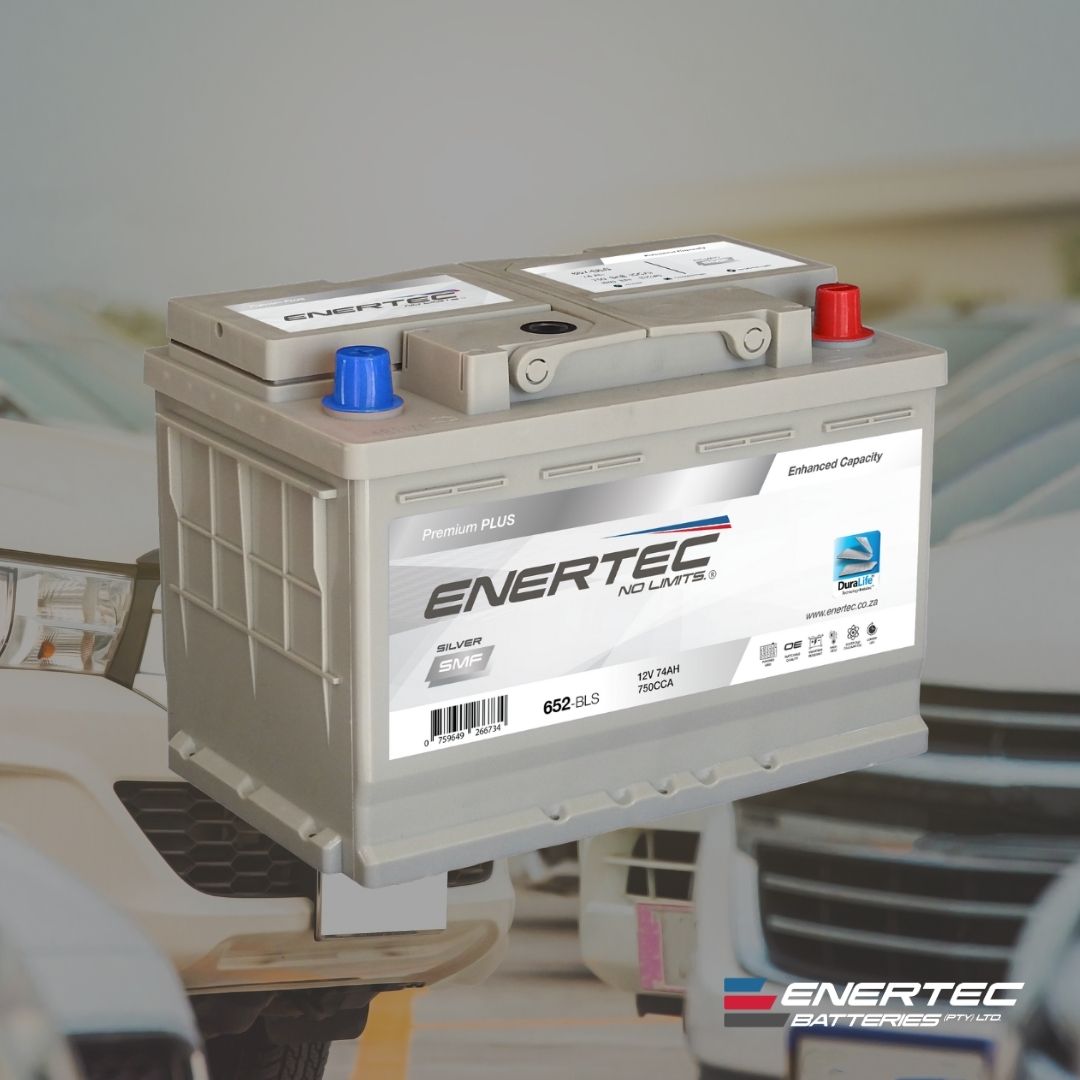2022-09-12 19:13:33
What’s the difference between an OEM (Original Equipment Manufacturer) and a Smart CTEK charger for your EV (electric vehicle)?
Given the growing popularity of electric vehicles, the debate about whether it is best to use an OEM or Smart charger rages on. With the rise of EVs, the growing demand for fast and easily accessible charging continues to increase.
An OEM charger is an EV charger made by a car manufacturer for its own range of electric vehicles. The majority of these chargers are what the industry refers to as, “dumb chargers”. They are basic models in the form of a non-networked charger box with an electrical outlet connection. Since they do not have cloud connection features, they cannot be managed or monitored remotely.
A Smart charger allows electric vehicle charging to be intelligently managed through an internet or bluetooth connection to a Smart device, such as a phone, tablet, or desktop. When a vehicle is being charged, the charger is able to communicate with the car and the remote user through shared data connections. This allows for important data to be collected, enabling a more optimised charging experience.
Automotive OEMs are expected to step into the EVCI (electric-vehicle-charging-infrastructure) ecosystem to enable the adoption of EV’s
The global transition to EV’s has not been without its challenges. With so many new vehicles being added to the grid, and many more new ones expected in the coming years, upgrades to our existing infrastructure are essential. This includes putting up as many public charging facilities as possible, as charging infrastructure will need to meet the demand for EVs in the coming years.
This feat would not be possible with only government or consumer initiatives.
Because of this, OEMs understand that they need to get involved in setting up the infrastructure to support their budding market.
The EV market is also an incredibly competitive one. Traditional OEMs previously had an absolute advantage in the vehicle market. With the changing landscape, it is possible for anyone to invest in EVs and take away market share from the bigger players.
Being an integral part of creating an environment that enables the growth of the EV market is very important when it comes to ensuring that OEMs remain relevant in the market shift.
The EVCI value chain is being tested by large energy companies like BP and Shell as well as Automotive OEMs like Ford and Tesla
Energy companies such as BP and Shell have started to move toward renewables. While the short-term profits from charging operations are not a large source of their income, their focus has been on keeping the use of their existing retail networks high.
Offering EV fast charging at petrol stations allows for EVs to be integrated into their business model while offering additional support to the market.
Many Automotive OEMs, including Ford, are also adopting this strategy. By incorporating EV infrastructure into their existing retail framework, OEMs remain relevant in the race toward electrification while maintaining their current models.
For companies like Tesla, which have been playing a different game from the beginning, supporting the EVCI value chain goes a lot deeper. Enabling EV adoption to grow is an absolute necessity for electric car companies, and this cannot be done without the logistics and infrastructure to allow the grid to support a higher number of electric vehicles.
CTEK and other technology driven innovators offer a complete end-to-end EV charging solution
End-to-end EV Smart Charging refers to a system which monitors and limits the use of charging devices to optimise energy consumption. Because Smart Charging is network-based, the systems can be managed by the user (User Managed Charging, or UMC) or the supplier (Supplier Managed Charging, or SMC).
With UMC, the owner of the vehicle can choose their recharging time based on the electricity price or how much their battery has already been discharged.
The energy supplier is able to directly intervene in charging management through V2G (Vehicle to Grid) technology, where SMC is applicable. This means that charging and discharging can be managed remotely in real time, based on the state of the electricity grid, the current volume of power consumption, and the data on the vehicle that is collected by the device.
The CTEK Chargestorm
The CTEK Chargestorm Connected range consists of state-of-the-art EV chargers designed for their safety and ease of use. They are an ideal Smart Charger for homes, businesses, and public spaces, as well as complexes, estates, and cluster developments. The Chargestorm meets all of the required safety standards, and connects to the internet through an Ethernet cable or wifi modem to enable all of the benefits of a networked EV charger.
The Chargestorm Connected 2, stocked by Enertec Batteries, is an improved and updated version of CTEK’s advanced EV charger with a range of functions and built-in safety features. It has a powerful CCU charge controller, which can handle dual charging points. The Connected 2 has internal load balancing between the two unit charging points as standard, and is also compatible with NANOGRID™, a dynamic load balancing solution, for use with multiple devices.
On-the-go fast charging vs destination charging or just a top up recharge of your EV battery
A quick rundown on the difference between AC and DC
When it comes to EV charging stations, it is important to know the difference between Alternating Current (AC) and Direct Current (DC).
To keep things simple, AC is the electricity that comes from the grid. It is accessible through standard plug sockets, such as the ones in homes and offices, and is the international standard for wiring systems in buildings.
As it flows, alternating current periodically changes direction. The benefit of AC is that it is easily transportable over long distances.
Direct current is the electricity stored in batteries, as well as the one in the power circuitry inside electronic devices. Unlike AC, DC moves in a straight line, supplying current directly to devices.
When a device is charged from a wall socket, it is receiving AC. However, the battery in the device will have stored DC, so a conversion needs to take place. This same principle applies to EVs - the AC power that comes from the grid needs to be converted into DC before it can be stored in the EV battery.
AC Chargers
By converting AC to DC through the vehicle’s onboard converter, AC chargers are able to provide charge to your vehicle through a connection to the grid. They make up the majority of EV chargers on the market, and come with a lot of variety.
Fast Charging and DC Chargers
DC chargers, also known as ultra fast chargers, supply DC power directly to EV batteries. They are what most people think of when it comes to fast charging. However, there are faster AC chargers that can supply charge at the upper limit of what AC charging allows, making them a superior and more accessible alternative to standard AC chargers.
DC charging is possible because the charging station has the capability to convert AC to DC before it reaches the vehicle. This cuts out the EV’s internal conversion process, allowing the vehicle’s battery to receive charge at a much quicker rate.
DC chargers are much more expensive and require a very powerful source. If they are installed in a public space, the building needs to be able to handle the higher number of amps these chargers draw. They are also very technically complex, as they need to communicate directly with the car instead of the on-board charger.
Because of this, they are a lot harder to find than standard AC chargers. You are most likely to find one of these chargers on main hubs or along major travelling routes, so be sure to check up on where you can find a DC charger and plan your route accordingly.
AC chargers generally deliver an upper limit on charging power of about 20 kW of charge. Without going too much into detail, there are two different levels of AC charging. Level one charging typically delivers up to 120V and requires around 30 hours of charging and is often referred to as trickle charging. Level three can deliver up to 480V and can recharge a battery to 80% in as little as 30 minutes.
The CTEK Chargestorm offers level three AC charging, delivering between 230-400V, with up to 22 kW of charging power. This means that the EV will charge relatively quickly without needing a very powerful powersource.
Destination Charging
Destination charging occurs when the EV has reached its destination and can recharge for an extended period of time. Depending on how far your battery has been drained, it can take around 12 hours to fully charge.
Charging that would typically occur at home or at a public EVSE station. If you are travelling, it is a good idea to check if your hotel or travel accommodation provides access to an EV charging station that is accessible overnight.
Top Up Recharge
If you are between destinations and need a quick top up recharge, look for your nearest charger point. Conveniently top up your charge at your shopping centre’s EV charging station while you shop, or use another nearby charging station while on-the-go.
It is important to understand the difference between on-the-go fast charging, destination charging or a top up recharge because the CTEK Chargestorm is further supported by the Taking Charge App, allowing you to manage the type of charging you require for your EV.
The Taking Charge App is an easy-to-use mobile application available on the Apple Store and Google Play Store that allows you to view your EV charging history, schedule charging, adjust charging power, manage RFID, software updates and even allows you to adjust display brightness.
Further benefits of a CTEK Chargestorm is that they can operate in temperatures between -30°C to +50°C, have built-in ground fault detection with a semi-automatic ground fault reset and come with a 2 year warranty.
Smart EV Chargers in general, come with a multitude of additional benefits when compared to OEM EV chargers, and at the top of the Smart EV Charger competitor chain, there is no doubt that the revolutionary CTEK Chargestorm wins the race.



